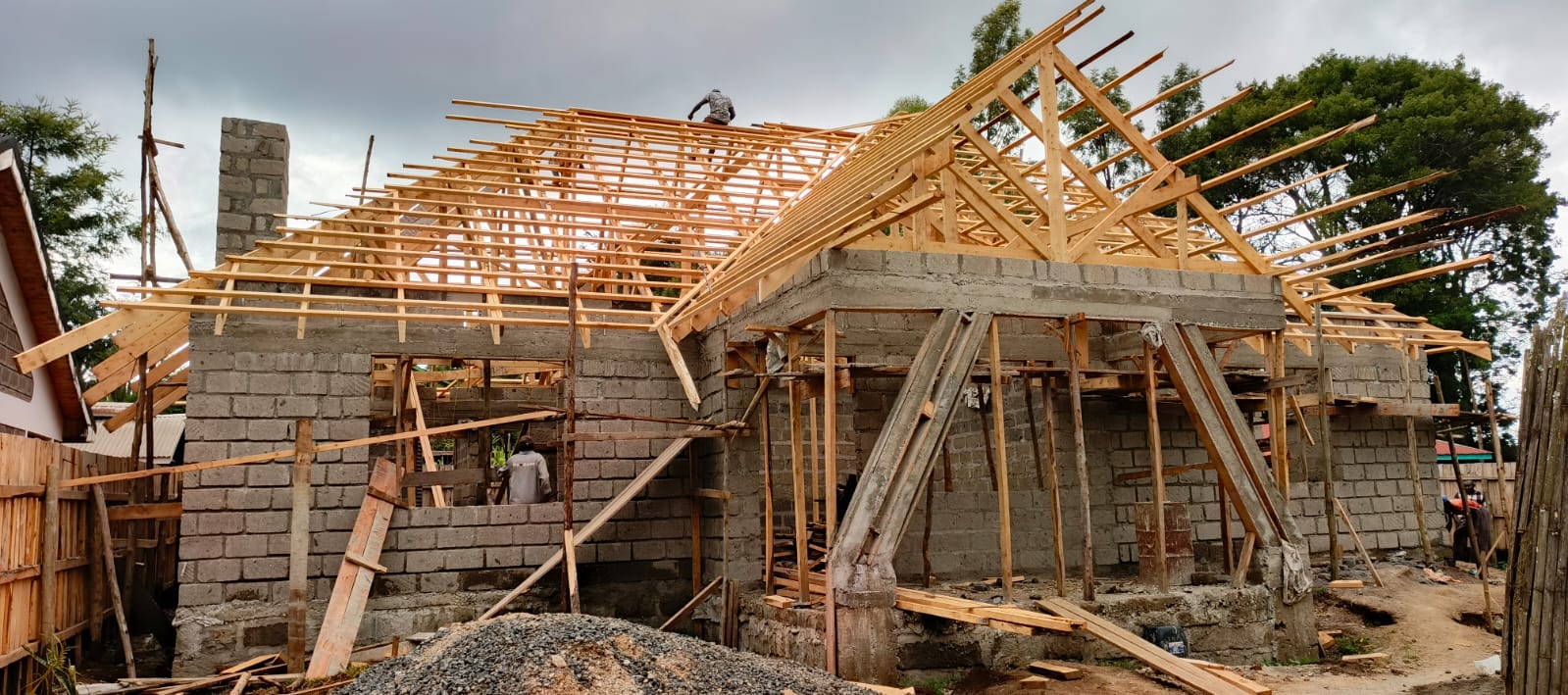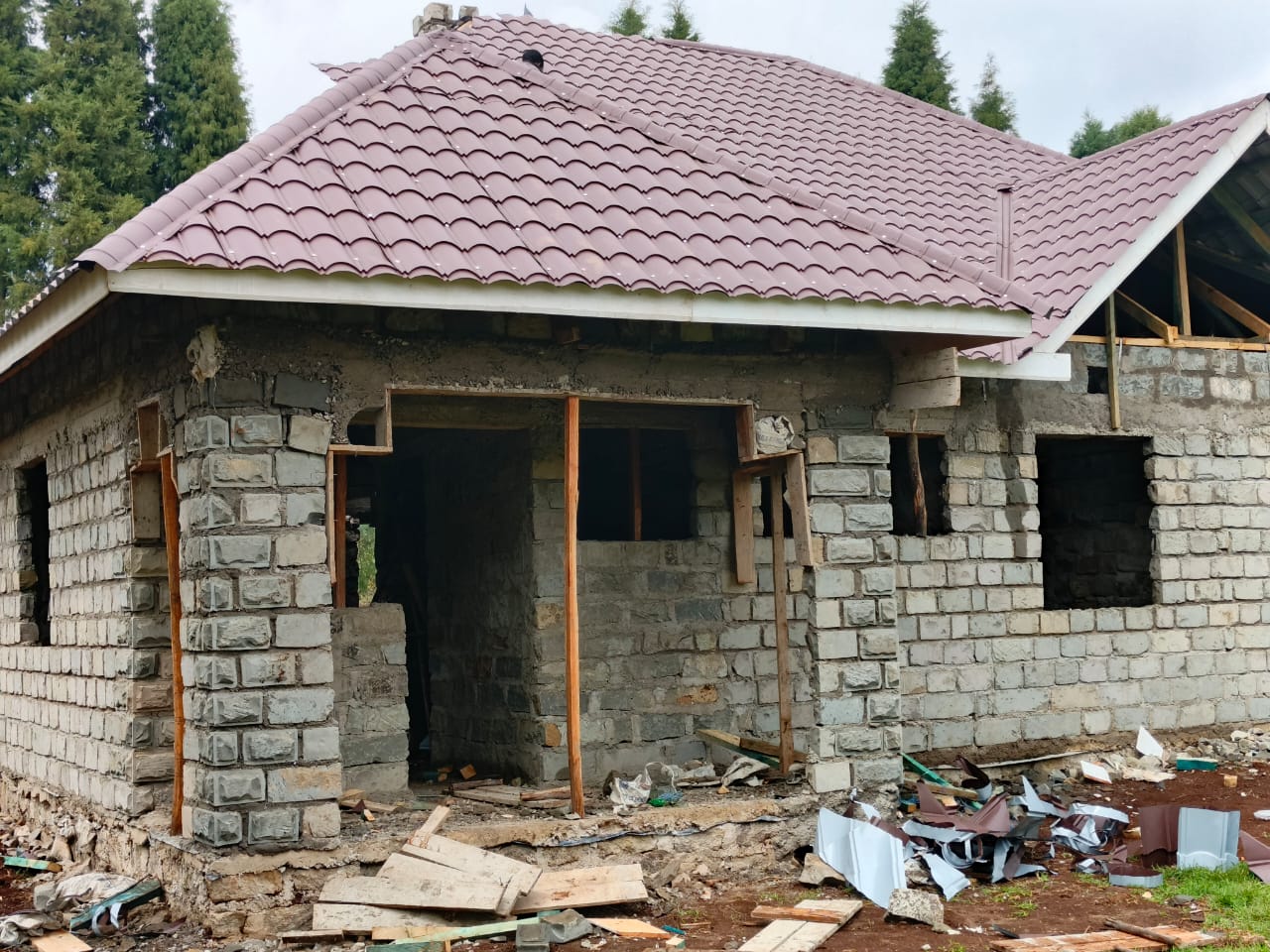Learn the complete stages of house construction in Kenya — from land purchase, design approvals, and groundwork to finishes, handover, and maintenance. This step-by-step guide includes timelines, costs, and expert insights to help you plan, budget, and hire the right professionals for your dream home.
Introduction
Stages of House Construction in Kenya
Building a home is a major investment, and understanding the stages of house construction in Kenya helps you avoid costly mistakes. This guide breaks down every phase of the construction process in Kenya — from approvals to final handover — in a practical, budget-conscious way. Whether you’re hiring a contractor or managing your project, these steps will help you plan your timeline, control costs, and get quality results.
Pre-Construction Stage — Land, Approvals & Financing
Before the first brick is laid, you need to ensure your land and paperwork are in order. This stage sets the foundation for a smooth project by addressing ownership, approvals, and funding early on.

Land Selection and Title Verification
Always begin by confirming the legitimacy of your land title. Conduct a land search at the Ministry of Lands to verify ownership, then engage a surveyor to mark boundaries. Avoid disputes by ensuring your plot isn’t in a restricted or disputed area, and double-check zoning regulations before purchase.
Approvals and Building Permits
After securing the land, apply for approvals from your county government. Submit your architectural and structural drawings for review and pay the necessary fees. Counties like Nairobi and Kiambu also require NEMA approval for large residential projects. Having the right permits prevents demolition and ensures your building follows Kenyan construction laws.
Financing and Budget Planning
Determine how you’ll fund the project — through savings, a bank loan, or a SACCO mortgage. Work with a Quantity Surveyor to prepare a Bill of Quantities (BOQ) to estimate costs accurately. Always include a contingency of at least 10% for unexpected expenses such as price changes or design adjustments.
Insurance and Risk Management
Many homeowners overlook construction insurance, but it’s essential. Consider policies like Contractor All Risk (CAR) or public liability insurance to cover damages, theft, or accidents on-site. You’ll also want to include a retention clause in your contract to ensure the contractor fixes defects after completion.
Design and Procurement Stage — Plans, BOQ & Contractor Selection
Once approvals are in place, focus on design and selecting the right construction team. This stage defines the quality, cost, and success of your project.
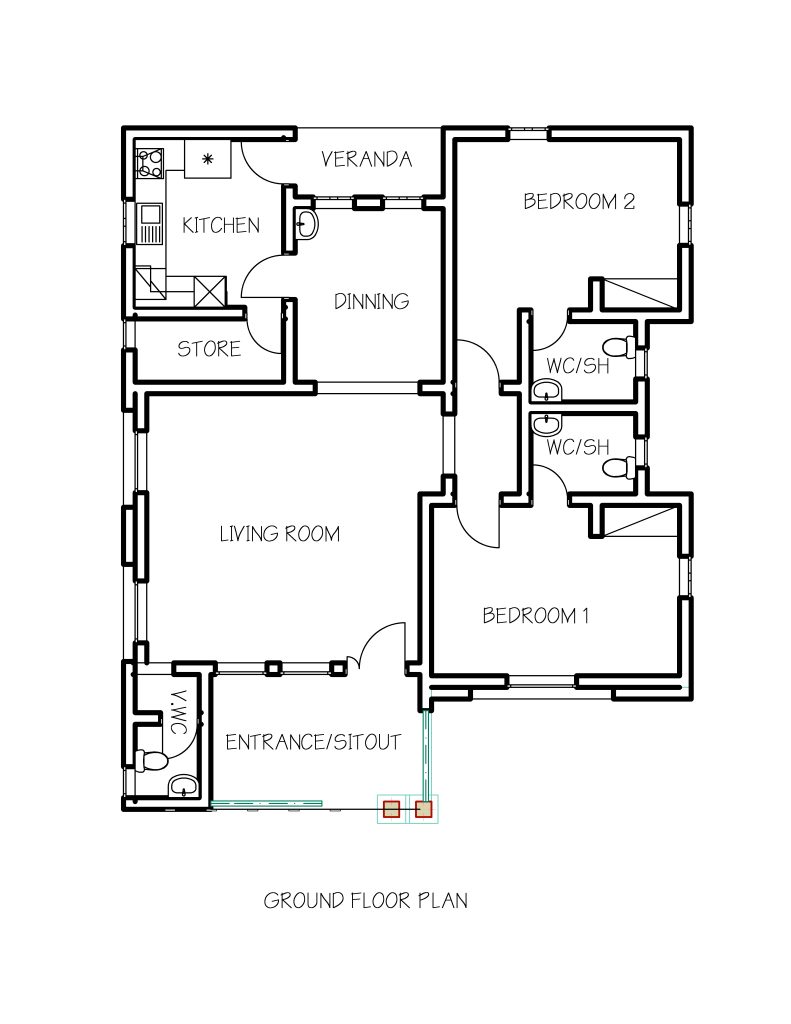
Architectural and Structural Designs
An architect develops drawings based on your preferences, site topography, and county guidelines. Structural engineers then create reinforcement and foundation plans to ensure stability and compliance with the Building Code of Kenya. Good design reduces future maintenance costs and enhances property value.
Bill of Quantities (BOQ) and Cost Planning
A Quantity Surveyor prepares the BOQ, detailing all materials, labour, and work stages. It helps compare contractor quotes and avoid hidden charges. Keep your BOQ updated as design changes occur to prevent overruns and disputes during construction.
Tendering and Contractor Selection
Decide whether to use open tendering, selective bidding, or a negotiated contract. Request at least three quotes from registered contractors and evaluate based on experience, past projects, and payment flexibility. Always verify their NCA registration and check reviews from past clients.
Contract and Payment Terms
Sign a written agreement outlining the project timeline, payment schedule, and quality expectations. Typically, payment is released in stages: foundation, superstructure, roofing, and finishes. Ensure both parties sign off at every stage to maintain transparency.
Site Preparation and Foundation Stage
This stage prepares the land for actual construction. It involves clearing, marking, and laying the foundation, which determines the structural integrity of your house.
Site Clearing and Excavation
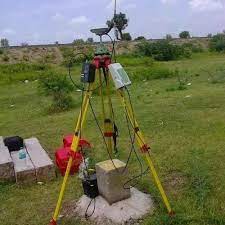
Remove vegetation, debris, and any obstacles from the site. The contractor then sets out the foundation lines using pegs and strings. Excavation follows according to the structural plan — accuracy here ensures your building is aligned and stable.
Soil Testing and Foundation Type
A geotechnical engineer should test soil bearing capacity before foundation work begins. Depending on the results, your engineer will choose between strip footings, raft foundations, or isolated pads. This prevents cracks and settlement issues in the future.
Foundation Construction and Damp Proofing
After excavation, the contractor pours concrete for footings and columns. Reinforcements are placed per the structural design, followed by damp-proofing using membranes or chemical treatments to protect against rising moisture. Curing is critical to ensure concrete strength.
Superstructure Stage — Columns, Walls & Slabs
The superstructure forms the skeleton of your building and includes walls, beams, and slabs. This stage demands precision and supervision.
Reinforcement and Casting
Steel bars are tied and placed according to the engineer’s drawings before pouring concrete. Regular inspection ensures correct cover and alignment. Poor reinforcement can cause cracks and structural weakness, so quality control is key.
Walling and Lintels
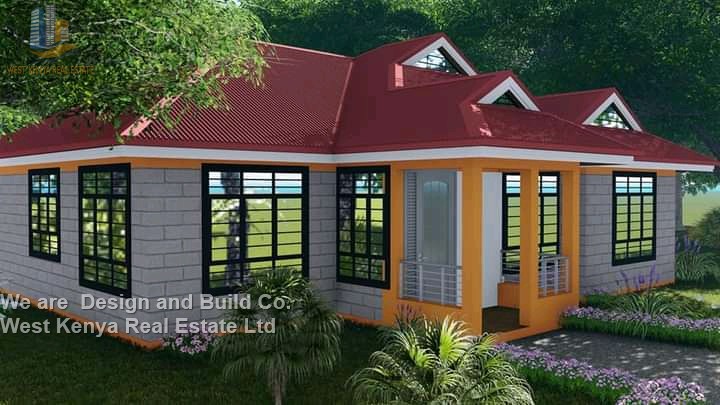
After the frame sets, masons construct block or stone walls. Lintels are installed above doors and windows for stability. Keep walls plumb and level to prevent uneven finishes later.
Concrete Slabs and Curing
Slabs form the floors and ceilings between levels. Ensure proper shuttering and continuous curing to avoid weak spots. The slab should remain moist for at least seven days to achieve full strength.
Roofing, Windows and Exterior Finishes
This stage seals the building and protects it from the elements. It also shapes the home’s final appearance.
Roof Framing and Covering
Choose roofing materials based on
Durability, cost, and appearance — popular options include iron sheets, shingles, and clay tiles. Proper installation ensures water drainage and prevents leaks. Gutters and downpipes should also be fitted at this stage.
Windows, Doors and External Plaster
Install window frames and external doors before plastering. Apply exterior plaster or rendering to protect walls from rain and improve aesthetics. Add a coat of weather-resistant paint once the plaster cures fully.
Water Drainage and Rainwater Harvesting
Create channels and soak pits to divert water away from the foundation. You can also install a rainwater harvesting system for garden or domestic use. Proper drainage minimises erosion and dampness.
Mechanical, Electrical and Plumbing (MEP) Installations
These systems are essential for comfort and functionality. They should be installed before interior finishes begin.
Electrical Wiring and Conduits
Electricians lay conduits within walls and slabs to conceal cables. The main distribution board is positioned strategically for safety. Always use certified electricians to prevent short circuits and future hazards.
Plumbing and Drainage Works
Plumbers install pipes for water supply, waste disposal, and stormwater drainage. Whether you use a septic tank or connect to a sewer, test all systems before plastering walls to prevent hidden leaks.
Solar, Power Backup and Efficiency Options

Install provisions for solar panels, inverters, or backup generators. Modern homeowners also add energy-efficient fittings like LED lights and low-flow taps to save on long-term costs.
Internal Finishes and Fixtures
Finishes bring your home to life and define its comfort and style. This phase involves flooring, painting, cabinetry, and interior décor.
Wall and Floor Finishes
Plaster walls smoothly, screed floors, and lay tiles or other flooring materials. Proper preparation ensures durability and aesthetic appeal. Use quality paints suited for Kenyan weather conditions to extend lifespan.
Kitchen, Bathrooms and Joinery
Fit cabinets, wardrobes, and countertops once plastering and flooring are complete. Bathroom installations like sinks, toilets, and showers follow. Seal joints properly to prevent water damage or leaks.
Fixtures and Final Touches
Install electrical fittings, sockets, lighting, and plumbing fixtures. Conduct a full inspection before handover to confirm all installations are operational and safe.
Snagging, Handover and Maintenance
Once the finishes are complete, it’s time for inspections and official handover.
Snag List and Defects Correction
Walk through the house with your contractor and list any unfinished or defective work — this is your snag list. Agree on a deadline for fixing them before releasing the retention fee.
Handover and Certification
The architect issues a Practical Completion Certificate, followed by a final county inspection for occupancy. Collect as-built drawings, warranties, and manuals for future maintenance.
Maintenance and Warranty Plan
Create a maintenance schedule for plumbing, electrical systems, and paintwork. Retain copies of all warranties to claim repairs within the defect liability period, usually six to twelve months.
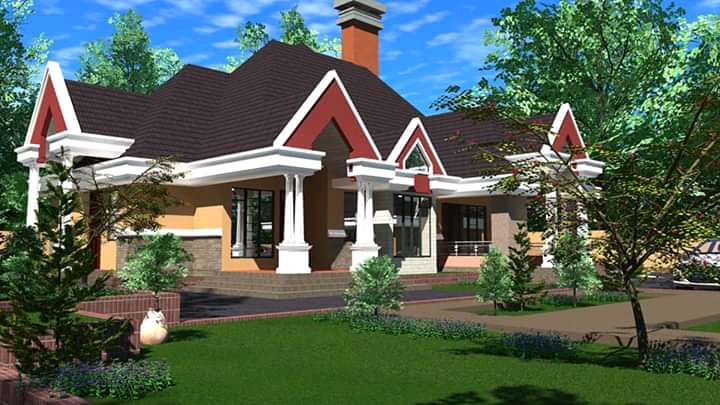
Managing Labour and Contractors in Kenya
Hiring Qualified Construction Professionals
In Kenya’s construction industry, the success of your house project heavily depends on the quality of professionals you hire. Skilled masons, electricians, plumbers, and site supervisors ensure structural integrity and compliance with local building codes. Always verify NCA (National Construction Authority) registration and ask for references from previous projects. Avoid the temptation of hiring unqualified fundis to cut costs; the long-term repair expenses often outweigh the initial savings. A professional contractor also manages timelines and material wastage efficiently, saving you money and reducing stress throughout the project.
Labour Management and Site Supervision
Proper site supervision ensures smooth coordination among workers, suppliers, and subcontractors. A well-managed construction site minimises rework and prevents costly delays caused by poor communication. Site supervisors track material usage, monitor quality, and enforce safety protocols. Weekly progress meetings between the homeowner, contractor, and architect are essential to ensure everyone stays aligned with the project plan. Clear communication and documented agreements prevent disputes and keep your house construction in Kenya on schedule.
Contractor Payment Schedules
Payments should be structured according to construction milestones rather than fixed monthly amounts. This approach motivates contractors to complete each phase diligently and maintain high quality. Typical milestones include foundation completion, walling, roofing, and finishing. Always retain about 10% as a final payment until the snag list (defects) is cleared. This practice safeguards your investment and ensures the contractor delivers the agreed standards before final handover.
Understanding Building Permits and Compliance
County Government Approval Process
Before breaking ground, every homeowner in Kenya must secure building permits from the county government. This process involves submitting architectural and structural drawings, land ownership documents, and environmental assessments. Approval ensures that your project complies with zoning laws, plot ratios, and safety standards. Delays often occur due to incomplete documentation or unauthorized changes during construction, so maintaining transparency with your architect and county offices is vital.
NEMA and NCA Requirements
For larger or environmentally sensitive projects, a NEMA (National Environment Management Authority) report may be required. NCA registration of contractors is also mandatory for accountability and quality assurance. Engaging professionals familiar with these processes saves time and avoids fines or stop-work notices. Compliance also enhances the property’s future resale value since buyers often request proof of approved permits before purchasing.
Avoiding Legal and Compliance Risks
Ignoring permit requirements or using unregistered contractors can result in hefty penalties or demolition orders. Homeowners should keep copies of all approvals on-site during inspections. Regular consultations with the architect or engineer can help ensure all modifications stay compliant. Legal compliance isn’t just about avoiding fines — it’s about building a safe, durable, and future-proof home.
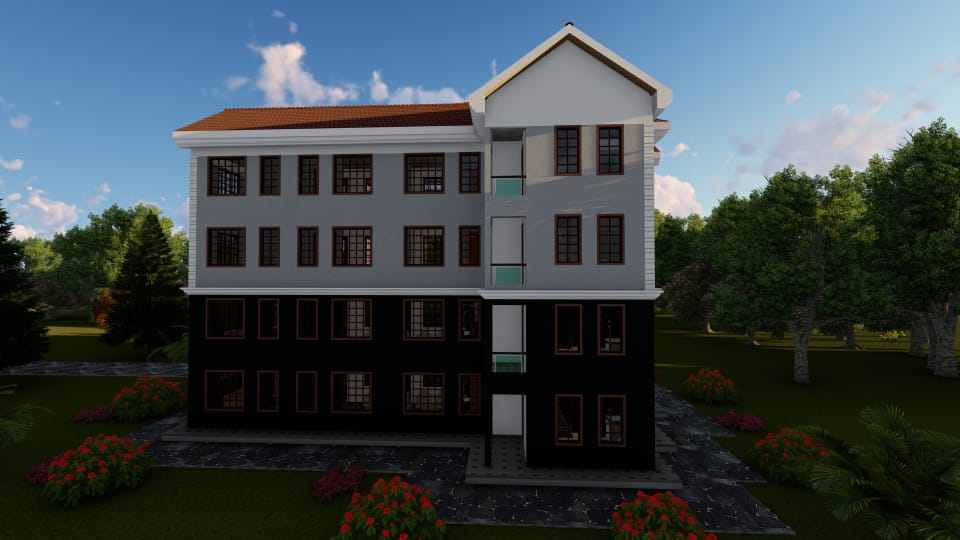
Material Procurement and Cost Optimisation
Strategic Material Sourcing
Material costs account for the largest portion of construction expenses in Kenya. To reduce costs without compromising quality, homeowners should compare prices across multiple suppliers and consider bulk purchasing. Buying materials like cement, steel, and blocks in larger quantities often attracts discounts and reduces transport costs. However, storing them securely on-site is crucial to prevent theft or damage.
Managing Delivery Timelines
Timely delivery of materials prevents idle labor and schedule disruptions. Coordinate closely with suppliers to align delivery dates with construction milestones. Some homeowners prefer working with logistics providers who specialise in construction materials to ensure reliability. Planning deliveries around weather forecasts can also prevent moisture damage to cement and timber. Proper scheduling ultimately saves money and keeps your site efficient.
Quality Verification and Supplier Reliability
Never compromise on material quality for short-term savings. Always inspect goods upon arrival — especially steel reinforcement, sand, and blocks — for consistency and strength. Partnering with trusted suppliers who offer after-sales support can prevent unexpected structural issues. Keep receipts and warranties for accountability and ease of claims if needed.
Construction Risk Management and Insurance
Importance of Construction Insurance
Construction sites are prone to risks like accidents, material theft, or damage from weather conditions. Taking out a contractor’s all-risk insurance policy protects both the homeowner and the builder from financial loss. This insurance covers site injuries, property damage, and even third-party liabilities. It’s an often-overlooked yet crucial safeguard for your investment.
Identifying and Managing Construction Risks
Risk management begins with identifying potential hazards — from poor soil conditions to project delays or cost overruns. Conducting a site risk assessment before starting helps in planning preventive measures. Regular monitoring, clear contracts, and transparent payment schedules reduce financial risks. Being proactive rather than reactive keeps your project steady even when unexpected challenges arise.
Ensuring Safety Compliance On-Site
Workplace safety should be prioritised through regular inspections, PPE enforcement, and training. Contractors should maintain safety logs and incident reports as required by NCA. A safe site minimises disruptions, legal issues, and medical expenses. Responsible safety practices reflect professionalism and protect everyone involved in the construction process.
Handover, Inspection, and Post-Construction Maintenance
Final Inspection and Snag List
Before moving into your newly built home, conduct a thorough inspection with your contractor and architect. Create a snag list documenting minor defects like cracks, paint issues, or leaks. The contractor should fix these before final payment. This process ensures you get a polished, ready-to-occupy home that meets all agreed standards.
Occupancy Certificate and Documentation
Once construction is complete, apply for an occupancy certificate from your county government. This document legally confirms that your building complies with all safety and planning regulations. Keep all project-related documents — approvals, receipts, contracts, and warranties — safely stored for future reference. They will be essential for resale, renovations, or insurance claims.
Post-Construction Maintenance Practices
A new home still needs regular care to maintain its integrity. Schedule maintenance checks for plumbing, electrical systems, and roofing at least twice a year. Early detection of issues prevents expensive repairs later. Proper maintenance extends the life of your structure and keeps your home safe and efficient.
Conclusion
The stages of house construction in Kenya require careful planning, qualified professionals, and consistent supervision. From land acquisition to a final handover, each step affects your project’s timeline and cost. Working with a registered architect, QS, and contractor helps ensure safety and quality. Always budget for contingencies and follow up on permits before construction begins. By following these structured stages, you’ll achieve a durable, compliant, and beautiful home.

